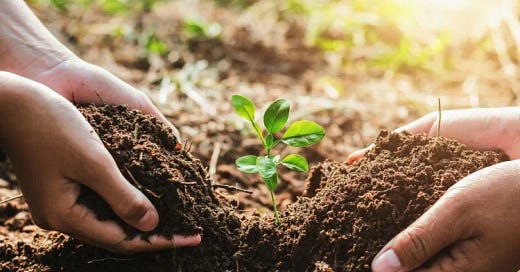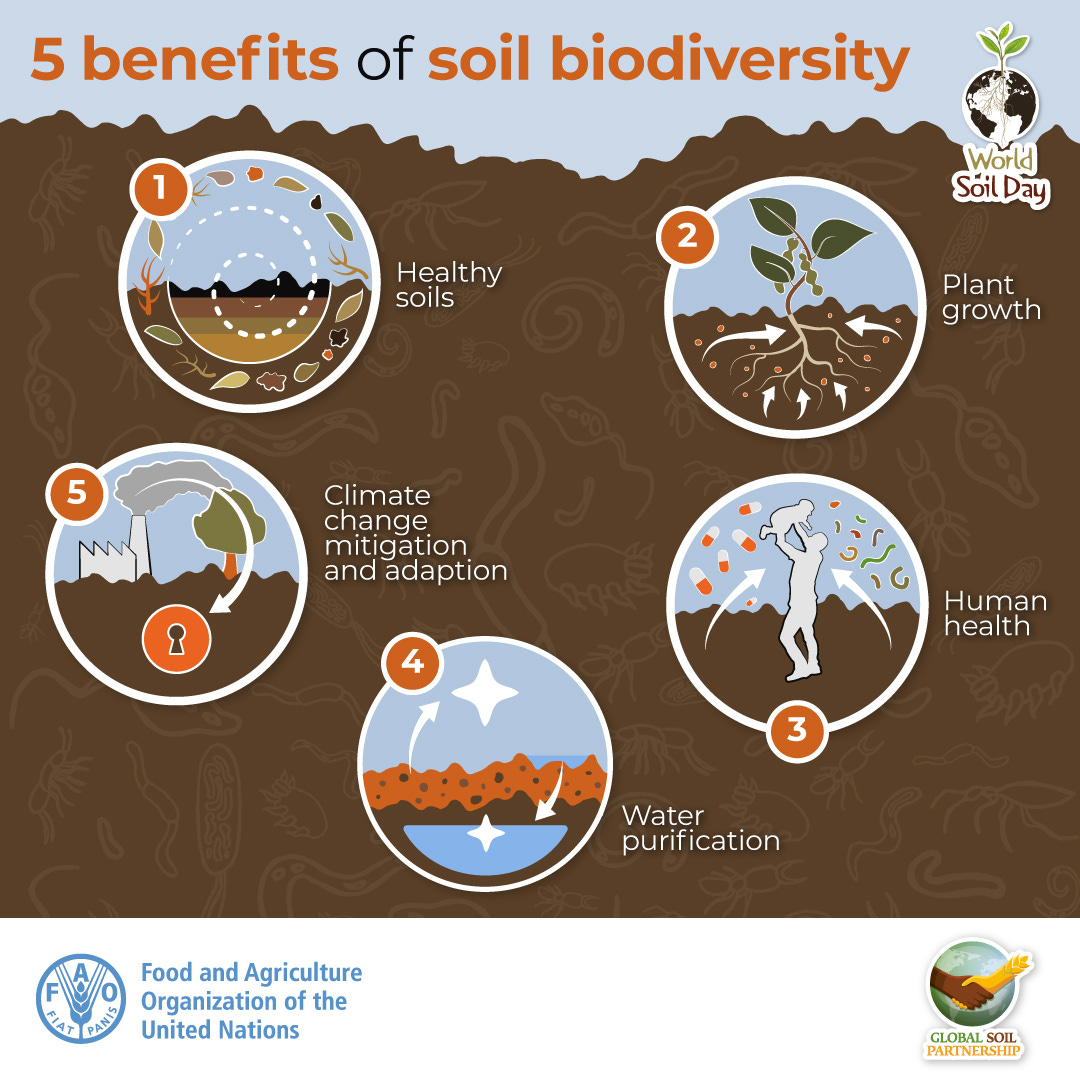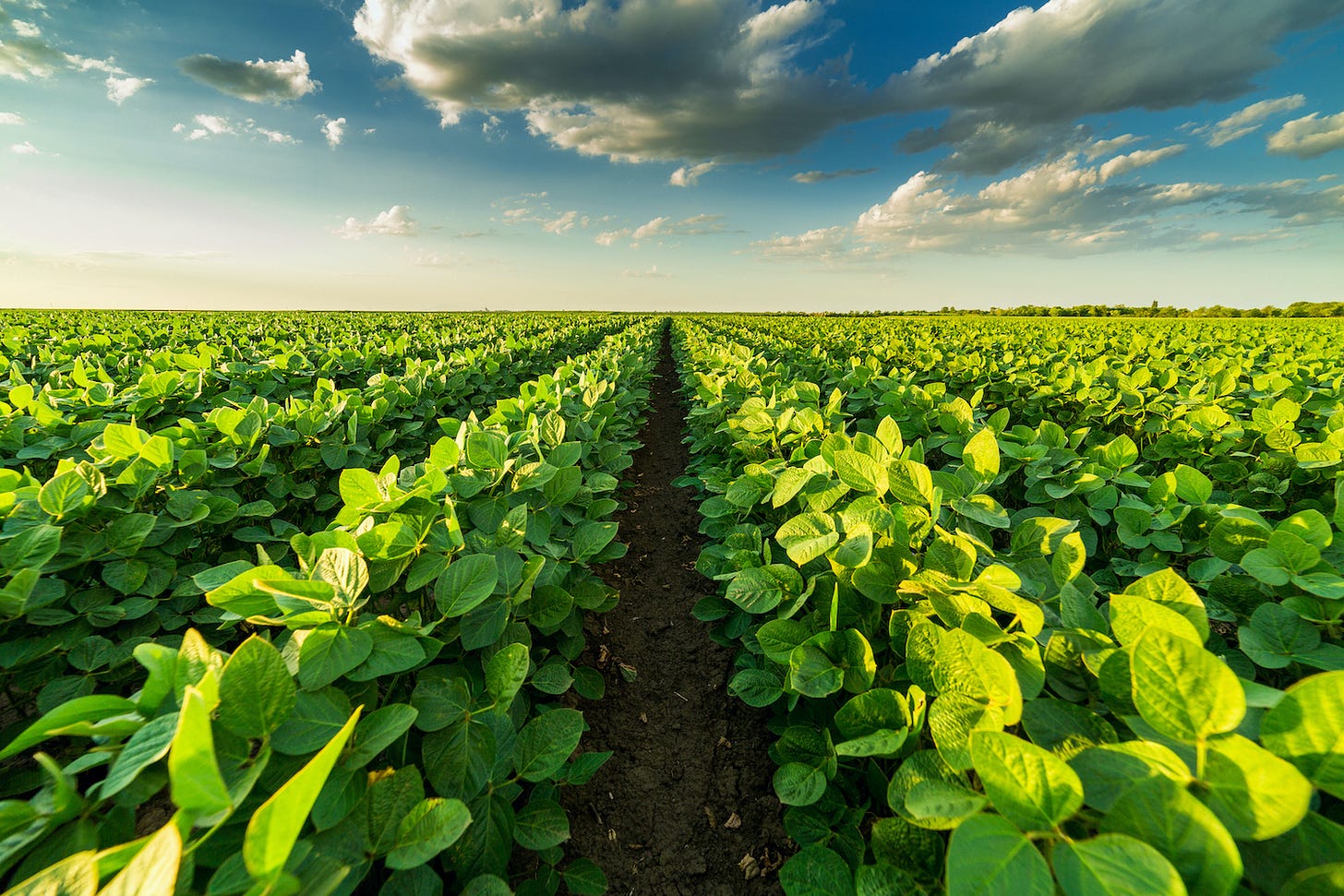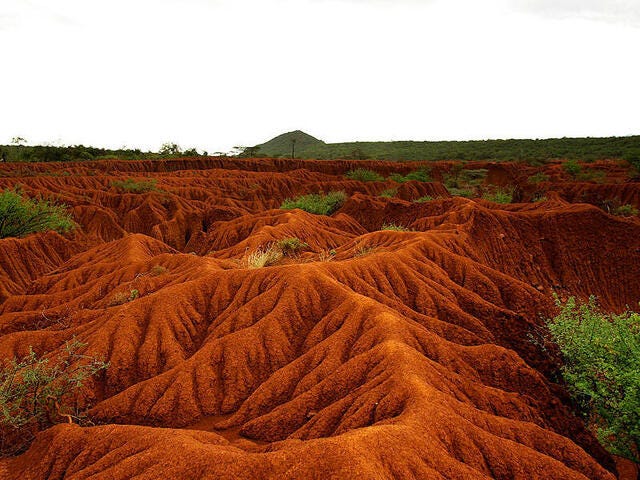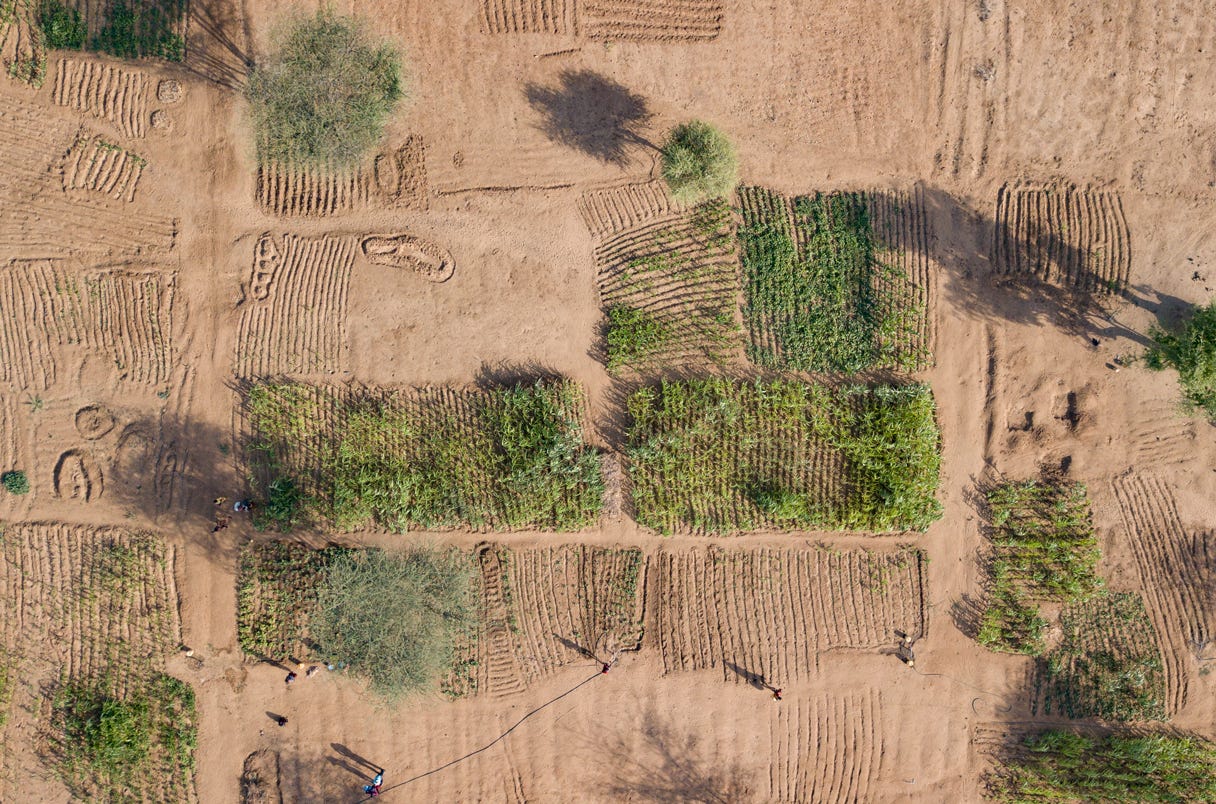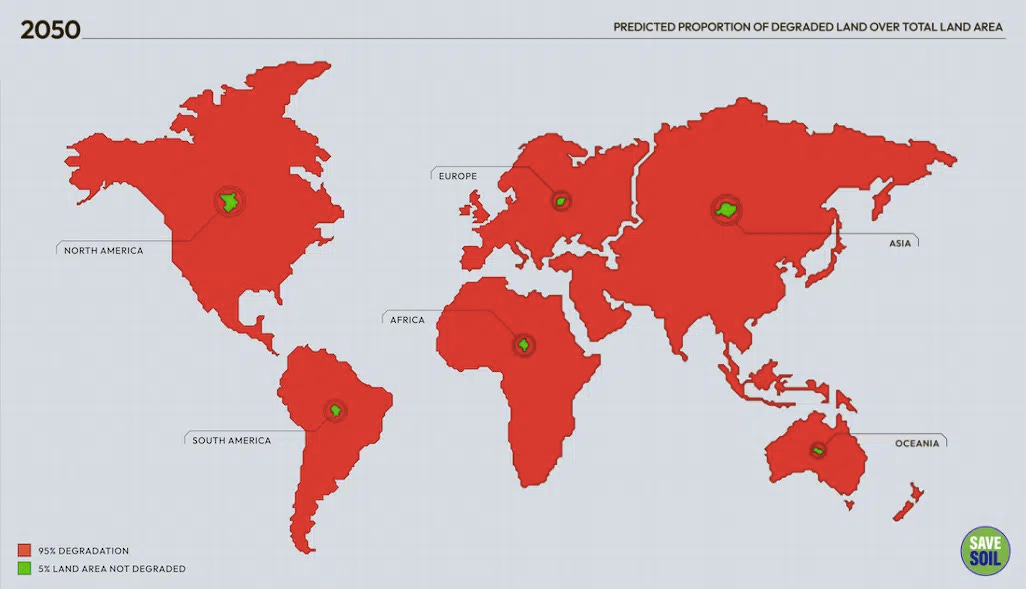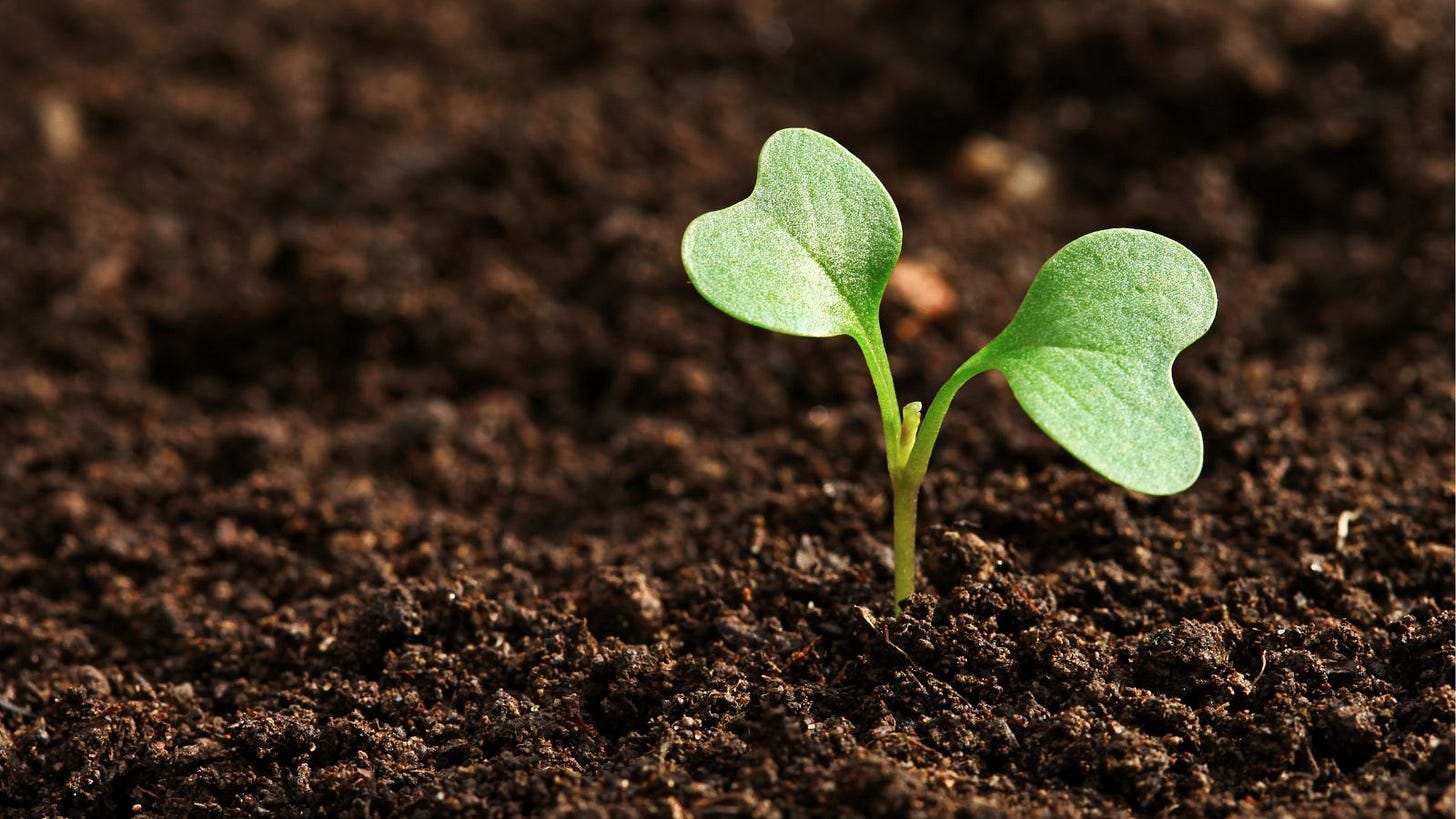Although often overlooked, healthy soil is vital to a healthy earth. That is why each year December 5th is designated as World Soil Day. This day was officially established by the United Nations in 2014 after being adopted at the 68th UN General Assembly1. World Soil Day aims to raise awareness about the vital role healthy soil plays in sustaining ecosystems, biodiversity, and life as we know it. It serves as a reminder of the urgent need to adopt sustainable soil management practices to safeguard this precious resource.
The Importance of Healthy Soil: A Foundation for Life
Soil is not simply the dirt beneath our feet—it is a living, breathing ecosystem that supports life. Healthy soil is foundational to our food systems, with 95% of the food we consume produced from topsoil. Soils are essential for agriculture, supplying 15 of the 18 natural chemical elements necessary for plant growth2. Without healthy soil, crop yields plummet, threatening global food security.
But the importance of soil extends beyond food production. Soil plays a critical role in carbon sequestration—the process by which carbon dioxide is captured from the atmosphere and stored in the ground. In fact, soils are the second-largest carbon sink on Earth, only behind the ocean, helping to mitigate the effects of climate change.
Biodiversity also depends on soils, with soils containing up to 25 percent of the planet's biodiversity3. Soils are home to billions of organisms, from bacteria and fungi to earthworms, all working together to break down organic matter, cycle nutrients, and enrich the ground that sustains plant life.
Additionally, healthy soils act as natural water filters. They purify water by trapping pollutants, reducing runoff, and maintaining water quality. In a world increasingly grappling with fresh water scarcity, this is incredibly important. Healthy soil ensures that our water systems remain clean and reliable for both people and ecosystems.
The Hidden Crisis: Soil Degradation and Erosion
However, despite its incredible importance, soil is under threat. In the past 150 years, half of the planet’s topsoil has been lost, and the problem is accelerating4. In the United States, topsoil on cropland is disappearing 10 times faster than it can be replaced, contributing to widespread soil degradation5. The UN Food and Agriculture Organization (FAO) warns that by 2050, up to 90% of topsoil could be at risk, which could severely impact our ability to produce enough food to sustain a growing global population.
The decline of soil health is a crisis that is already threatening ecosystems and food production worldwide. Soil degradation is the process through which soil quality deteriorates due to various factors, including erosion, compaction, and the loss of essential nutrients. The Global Soil Partnership, which includes 194 countries, aims to address these challenges through collaboration and sustainable soil management practices.
Threats to Soil Health
One of the main contributors to soil degradation is intensive agriculture, which depletes soil by overworking it without allowing time for natural regeneration. Practices like tilling, lack of cover crops, and overgrazing strip the soil of its essential nutrients and structure. The overuse of fertilizers and pesticides further exacerbates the problem by killing beneficial microorganisms that help maintain soil health. Over time these practices lead to soil degradation. Some practices also cause soil compaction, meaning that the soil loses its ability to absorb water and support plant life6.
Moreover, deforestation and urban development also contribute to soil erosion, as forests are cleared and land is urbanized. This not only removes a crucial layer of organic material but also disrupts local ecosystems. Soil erosion can have devastating effects on local communities, leading to clogged waterways, increased flooding, and diminished agricultural productivity.
Soil is also under threat from pollution, which reduces microbial life essential for soil fertility. Without healthy microbial populations, the soil becomes less able to break down organic matter, cycle nutrients, and retain water, resulting in reduced productivity and biodiversity.
The Way Forward: Protecting and Restoring Soil Health
As alarming as these issues may be, there is hope. There are a number of strategies that can be adopted to protect and restore soil health, ensuring it continues to provide the foundation for our food systems and ecosystems.
One of the most important and effective ways to improve soil health is by embracing regenerative farming practices. These methods focus on enhancing the natural functions of the soil by reducing disturbance, improving biodiversity, and encouraging the use of cover crops and crop rotation. Practices like no-till farming, which minimizes soil disturbance, and the incorporation of organic matter back into the soil can help rebuild soil structure, improve water retention, and foster beneficial microbial life7.
Another critical measure is to stop deforestation and instead promote reforestation. Planting trees and restoring degraded lands not only helps protect soil from erosion but also increases carbon sequestration. In areas vulnerable to desertification, efforts to combat soil erosion through replanting vegetation can restore balance to the environment.
Biodiversity also plays a key role in soil health. By protecting ecosystems that support a diverse range of plant and animal life, we can improve the resilience of soils to climate change and human activity. A healthy soil ecosystem is one that is teeming with life—from microbes and fungi to larger organisms like earthworms and insects.
On World Soil Day 2024, the global community is being called to take concrete actions to protect and restore our soils. This theme encourages individuals, businesses, and governments to adopt data-driven approaches to soil management, emphasizing the importance of measuring soil health, monitoring changes, and managing soil resources sustainably.
A Call to Action
The health of our soils is directly linked to the health of our planet. If current trends of soil degradation continue, we risk losing the very foundation of our food production systems and doing irreparable harm to our water systems and biodiversity. The loss of soil is not just an environmental issue; it is a matter of global food security, economic stability, and human well-being.
This World Soil Day, let us recognize the critical importance of healthy soils and commit to adopting sustainable practices to protect them. By supporting regenerative agriculture, combating deforestation, and promoting biodiversity, we can ensure that future generations inherit soils that continue to nurture life on Earth. Healthy soil is the cornerstone of a healthy planet—let's care for it.
This Week in Sustainability is a weekly email from Brightest (and friends) about sustainability and climate strategy. If you’ve enjoyed this piece, please consider forwarding it to a friend or teammate. If you’re reading it for the first time, we hope you enjoyed it enough to consider subscribing. If we can be helpful to you or your organization’s sustainability journey, please be in touch.
https://www.un.org/en/observances/world-soil-day
https://www.nationalgeographic.com/environment/article/paid-content-why-soil-matters-and-what-we-can-do-to-save-it
https://www.fao.org/global-soil-partnership/resources/highlights/detail/en/c/1309274/#:~:text=Soils%20are%20a%20reservoir%20of,in%20return%2C%20nurture%20the%20soil
https://www.worldwildlife.org/threats/soil-erosion-and-degradation
https://www.theguardian.com/us-news/2019/may/30/topsoil-farming-agriculture-food-toxic-america
https://e360.yale.edu/features/why-its-time-to-stop-punishing-our-soils-with-fertilizers-and-chemicals
https://soilhealthinstitute.org/

